The country has been experiencing sweltering heat right from the Terai to the mountains the kind of which was rarely experienced before. Even Kathmandu, nicknamed as a naturally air conditioned city has displayed an incredibly high temperature hovering between middle and high thirties. Thank God that the heavens have opened up but the rainfall has not been able to bring down the temperature as desired.
Monsoon has entered the country but it has also triggered flood and landslide especially in the eastern part. The districts of Panch Thar and Taplejung received more than 100 millimeter of rain overnight causing flood and landslides. Consequently, many people have lost their life. The destruction of the property runs to millions. The flood has been particularly harsh on the Hydro Power Plants of both the districts more so located in the bank of Hewa and Piluwa rivers. A total of more than 150 mega Watt plants have been affected severely by the flood. If this is the case in the beginning of the monsoon one can imagine what it will be like when it comes to its end somewhere in the end of September.
The western Nepal has exhibited something of a contrast marked by the drying of paddy seed plots due to the absence of rain.
This is not the first time that this area had received such a high rain. Few years back, some 110 milimeter of rain had poured in this area overnight. The Melamchi flood of the last year also had created astronomical devastation. But the country and particularly the institutions dealing with such annual disasters have failed to learn this lesson like a dull boy failing in every examination.
If this is the scene in the eastern part of the country, the western Nepal has exhibited something of a contrast marked by the drying of paddy seed plots due to the absence of rain. Large cracks have developed in the ground with the result that the seed siblings have been burnt live. People have already launched a door to door visit of the neighbors chanting Hara Hara Mahadev Pani Pani Deu Deu, requesting God of the Gods and the ace of the Hindu pantheon Mahadev to trigger rainfall. Time is not far off for the maidens to strip naked and plough the land mobilizing the twin oxen in deep night as it is believed to prompt Lord Mahadev to cause rainfall.
It is true that the erratic rain has been the result of the global climate change. Climate change has been created mainly due to the high emission of carbon di oxide(Co2) into the atmosphere. It was around 280 parts per million(ppm) in the pre-Industrial era at a time when Junga Bahadur visited England in 1850. But now it has ballooned to 412 ppm. It is because of the industries that have been pumping Co2 into the atmosphere in an exponential pace.
Co2 is like sugar in the blood of human beings. It has to within the desired minima and maxima failing which a person has to turn to medication. Similarly, low Co2 resulted in cold earth characterized by ice ages in the distant past. Fortunately, the volcanos erupted triggering heavy mass of Co2 and created a greenhouse effect with the result that the temperature rose making the earth habitable for the humans.
The rise in temperature created by this incidence has pushed the global temperature well by more than 1 degree Celsius.
Nepal's Co2 emission is virtually nil when China, its northern neighbor is at the top of the list. India is not far behind. Despite this Nepal has to bear the brunt of it by being the 4th most vulnerable country in the world. The countries are separated by the political borders but for Co2 it is a single huge Empire. The rise in temperature created by this incidence has pushed the global temperature well by more than 1 degree Celsius. Time is not far off when the global target fixed by the world leaders in a 2015 summit held in Glasgow of confining it to 1.5 by the end of the century compared to the preindustrial times will soon be slapped by this undesirable phenomenon. This is of a deep concern in Nepal as it may result in a glacial lake outburst with Nepal's glaciers already showing this trend with the rise in temperature in the areas where most of them are located.
There are problems alright but there are also simple panaceas. The Co2 in the environment can be brought down by the use of snake plants. A 5.1. meter tall plastic bamboo tower containing 91 the carbon emission of 100 persons or 20 families in Nepal in view of the global per capita of 4.5 Tons per year per person. Snake Plant has been acknowledged as an air purifier by the prestigious NASA of the US which converts the Co2 to oxygen 24 hours a day as against other plants which act likewise only in the time of photosynthesis. There are others like the Pipal Tree which is rather large and uneasy to handle like a Heavy Weight to a Feather weight boxer. Tulsi also does this job admiringly well like the snake plant but it breathes its last every year and needs to be planted every year amidst elaborate ritual. But the snake plant is user friendly needing little maintenance and water.
The second way by which the Co2 has been spiraling up in the environment is due to the use of fossil fuels. The use of electricity, solar and wind can bring down its concentration which has been initiated round the globe but is still inadequate in view of its heavy emission through the use of fossil fuels like petrol and diesel.
The climate change caused by excessive pumping of Co2 in the air triggers flash rains leading to unprecedented flood and landslide. But there are age old practices that can prevent it. One of them is the digging of ponds which Chanakya in the Fourth Century BC had recommended for their construction in the settlements. One can thus see the Pukhus in Kathmandu Valleys and ponds in Madhesh in general and Janakpur in particular as well as Ahals in the hills.
Unfortunately, the Government has been stumbling in this front regularly despite having simple solutions to this problem like those of pond digging.
Flood and Landslide is created by the gushing movement of the rain water down the mountains. The digging of ponds reduces the speed of the rainfall. Moreover, they bring down the temperature and raise the humidity discouraging the wild fire which is so usual in the dry season. Furthermore, it allows water and fodder for the wild cattle thereby decreasing the frequency of confrontation with the villagers. It also renders the sparsely populated highland called the Lek cold, prompting the lightning to strike it instead of densely habituated warmer settlements in the mid and lowland. The lakes dissolve the Co2 in the air and drive it underground leading to carbon sink. So, the pond digging can reduce all the disasters risk faced by Nepal excepting the solitary earthquake. The columnist has already dug 176 lakes, 101 in Kalapani, Bardibas Nagar Palika Mahottari and 75 in Kharpa of Khotang district with the support of Thamel Rotary and Nepal Academy of Science and Technology already. Similarly, the indigenous practice of drainage and crack filling has done wonder for the prevention of landslides initiated by the columnist again. It has been successful in Shiranchowk rural Municipality of Gorkha initiated by the Disaster Prevention Network and Care International.
The former Minister for Home Affairs Mr. Bal Krishna Khnad who is now languishing behind the bars due to his alleged implication in the Bhutan Refugee Scam also held a meeting of the Chief District Officers and the Mayors to listen to the presentation about ponds digging by the columnist. The office bearers pledged to initiate this program in the next economic year but these appear to have been forgotten immediately after their declaration. Had it been done, the eastern Nepal would not have to bear the wrath of the landslides and floods caused by the heavy rain to such an extent.
Whether it be examination of disasters, the preparedness is the most overriding factor. Unfortunately, the Government has been stumbling in this front regularly despite having simple solutions to this problem like those of pond digging. People had great hope from the newly created National Disaster Risk Reduction and Management Authority. It showed high potential in the beginning but now its activities have largely been reduced to informing about the probable damage and rudimentary early warning. One of the factors responsible for this sorry state of affair has been portrayed as the proverbial battle of the moustache between the Government and Authority regarding who has the prime responsibility. In the process, the country and the countrymen have suffered like calves in the war of the bulls.
True that the problems are astronomical in size. But they can be solved by simple means such as the construction of snake plant tower, digging of ponds and restoring old practices like the drainage and crack filling technique. The country has to look at these available means, further investigate upon their efficacy and use them if found feasible. Such simple means can relieve the country from annual disasters like landslide and flood and several others including climate change.
The author is the former Vice-Chancellor of Nepal Academy of Science and Technology (NAST).






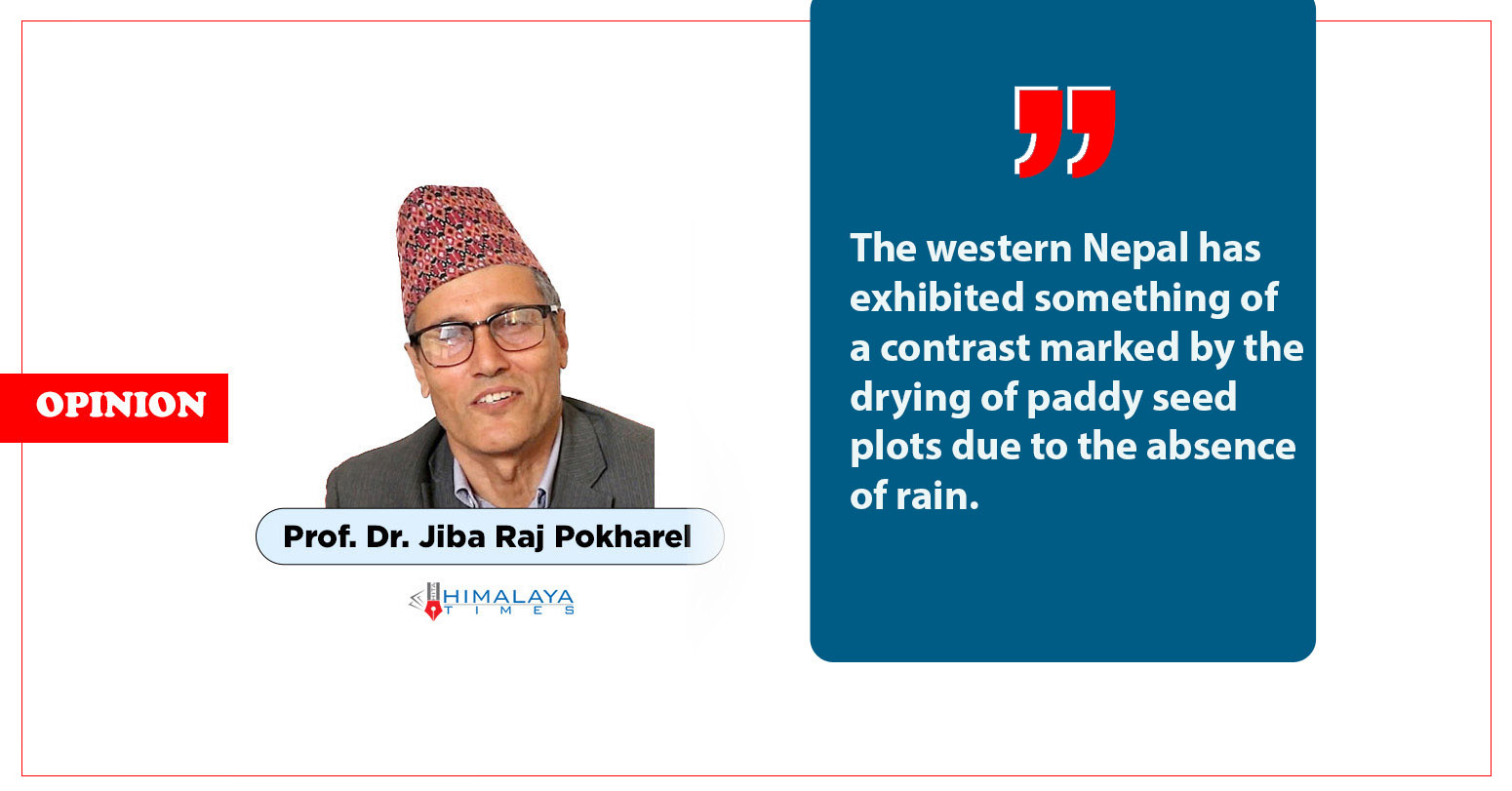



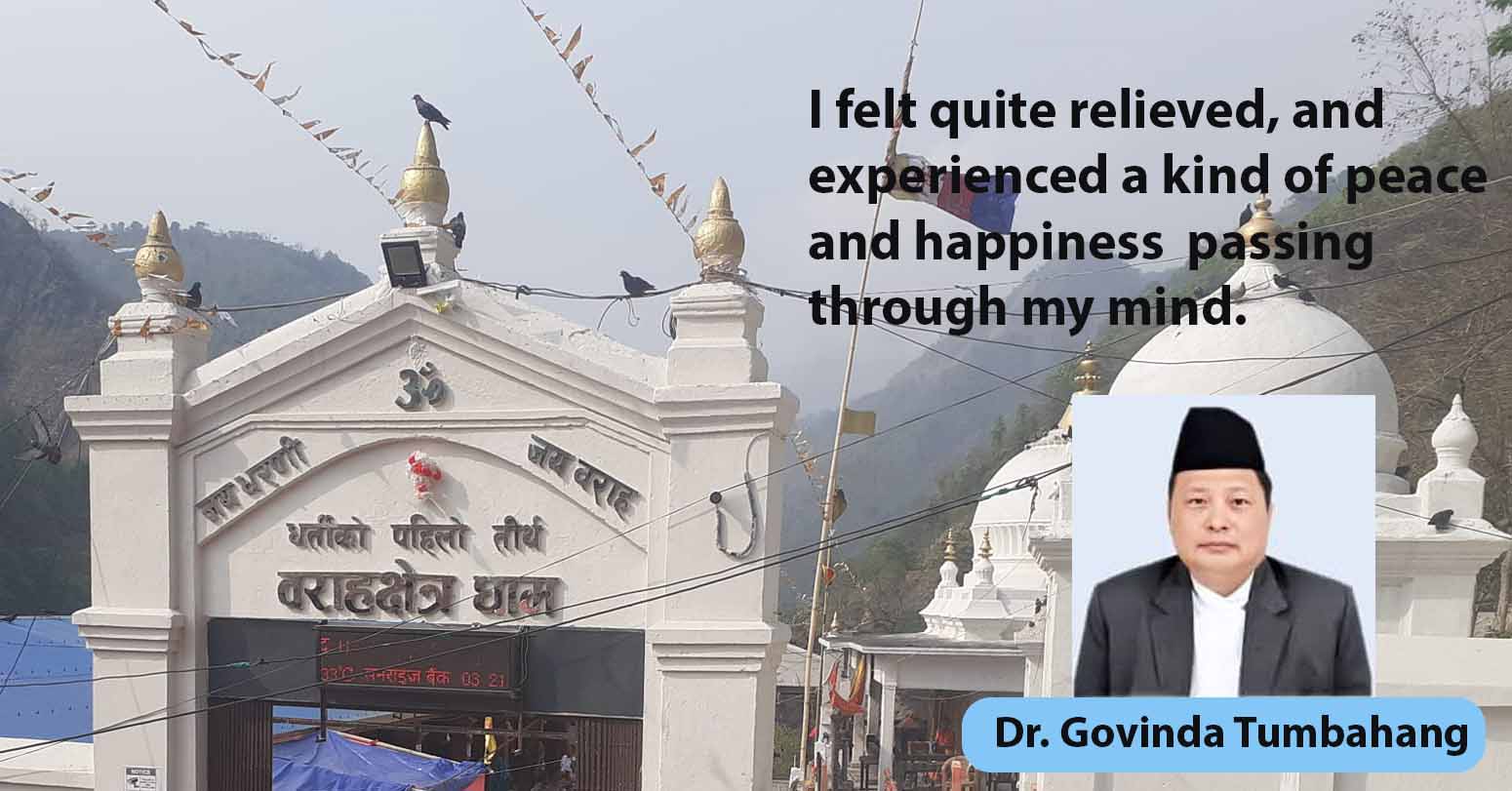
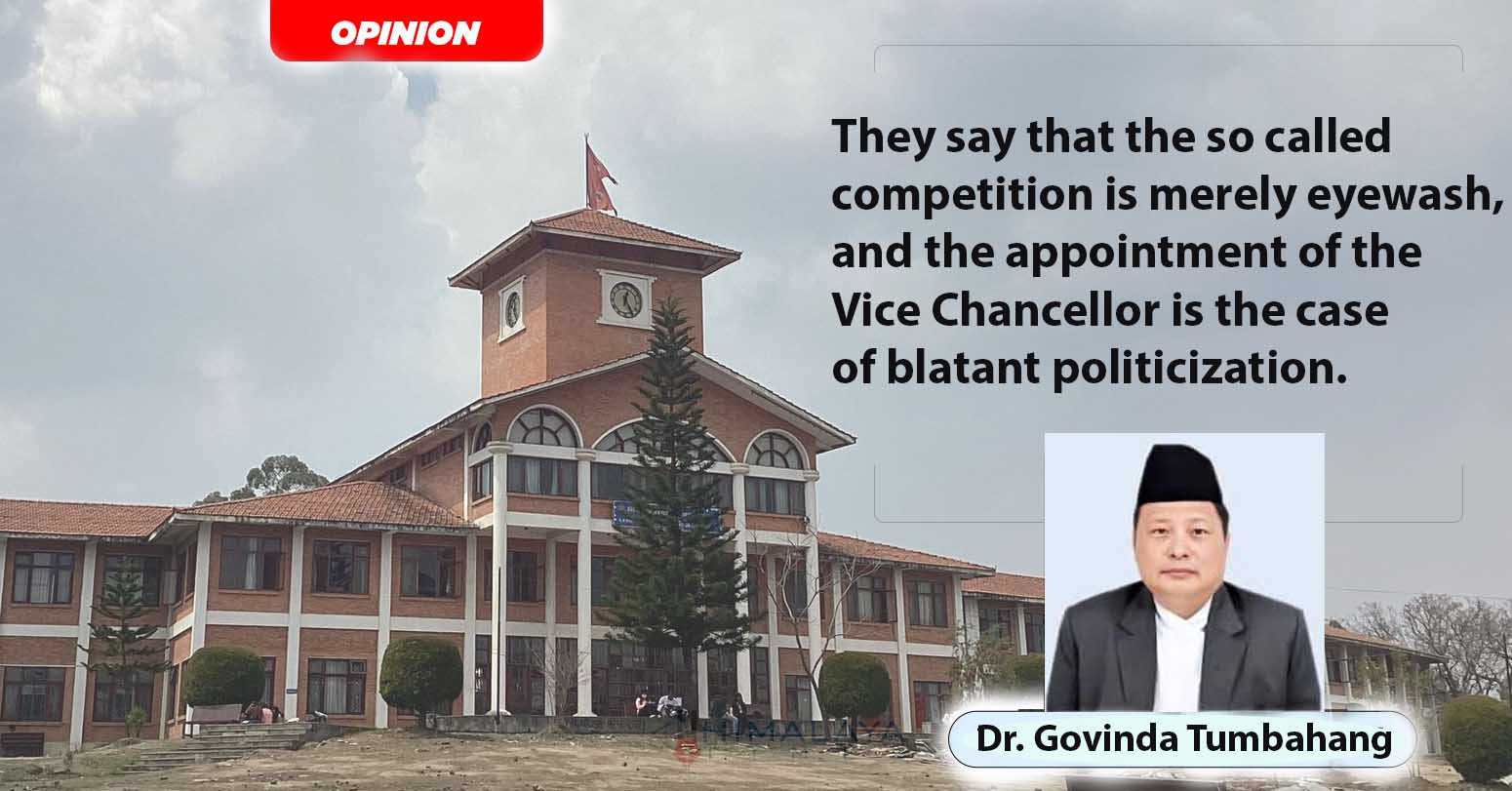

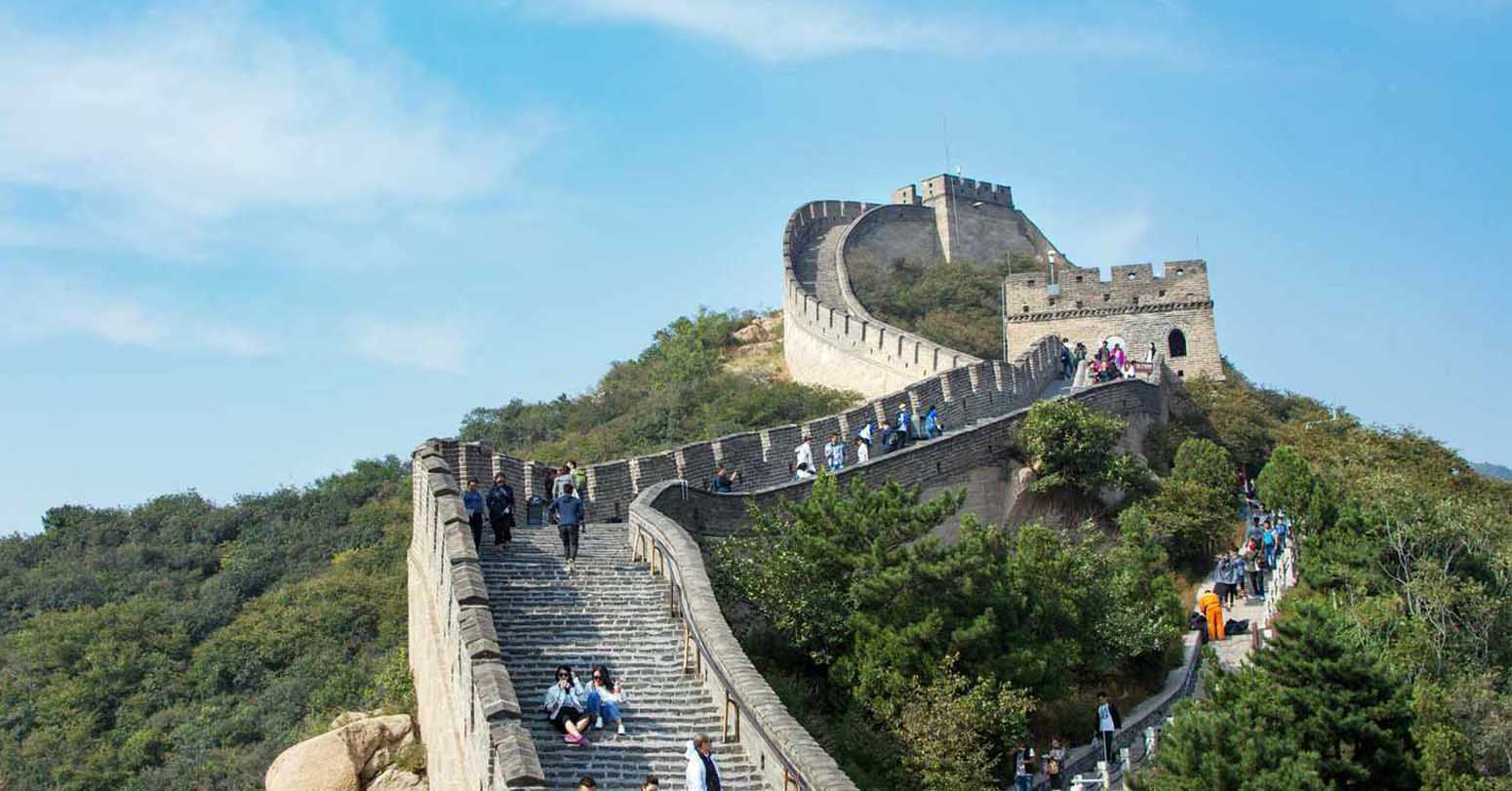
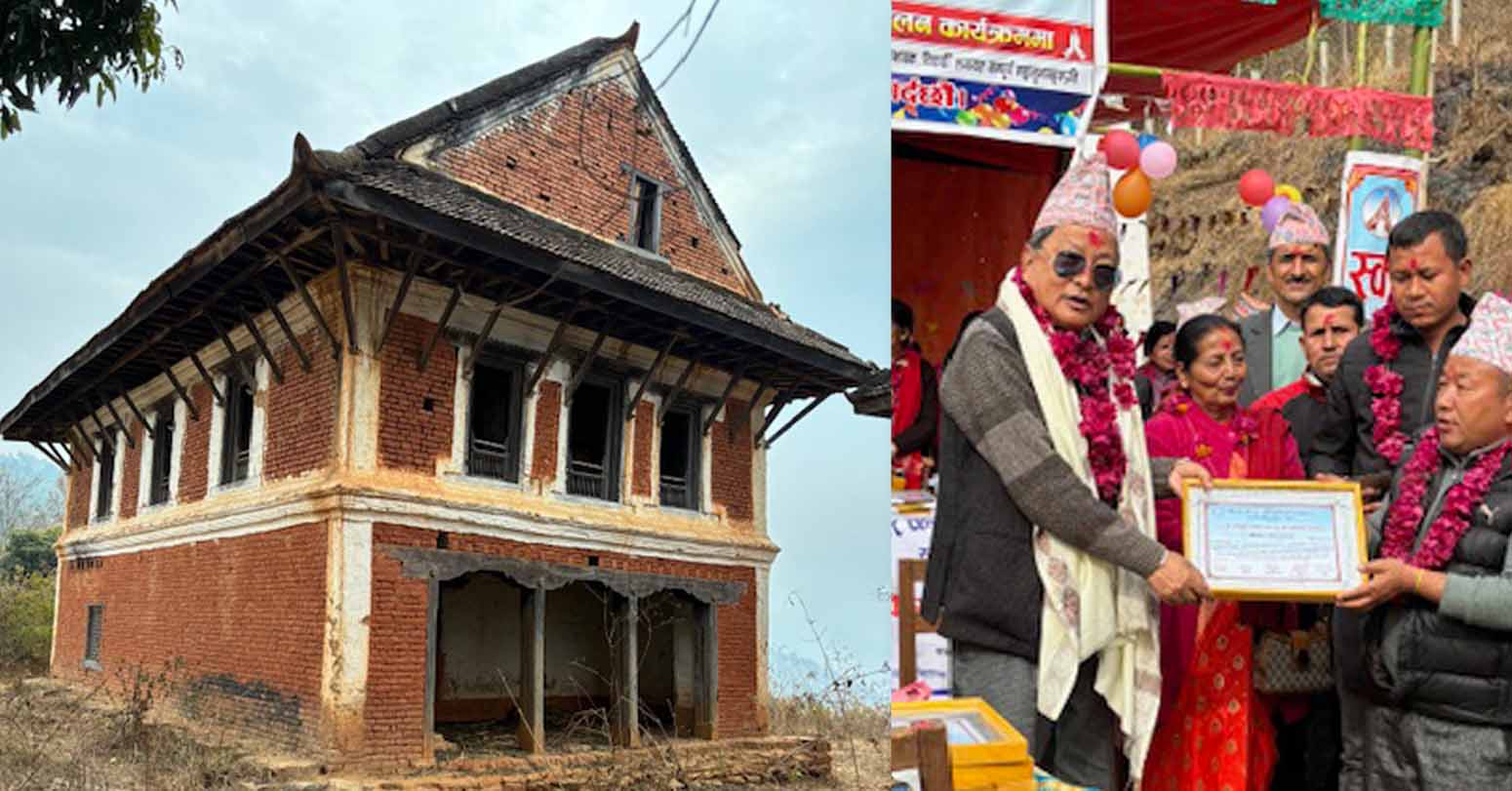

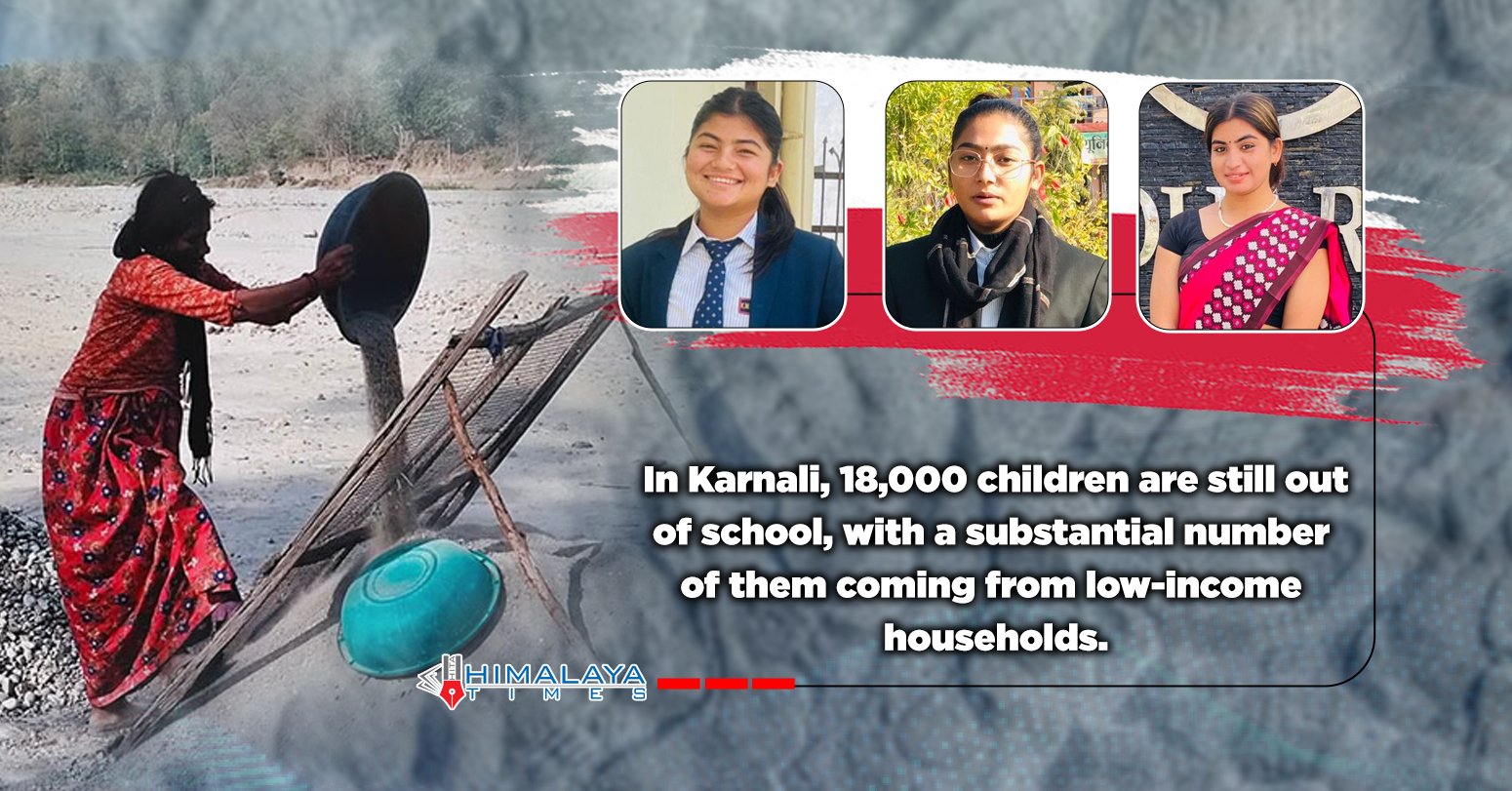
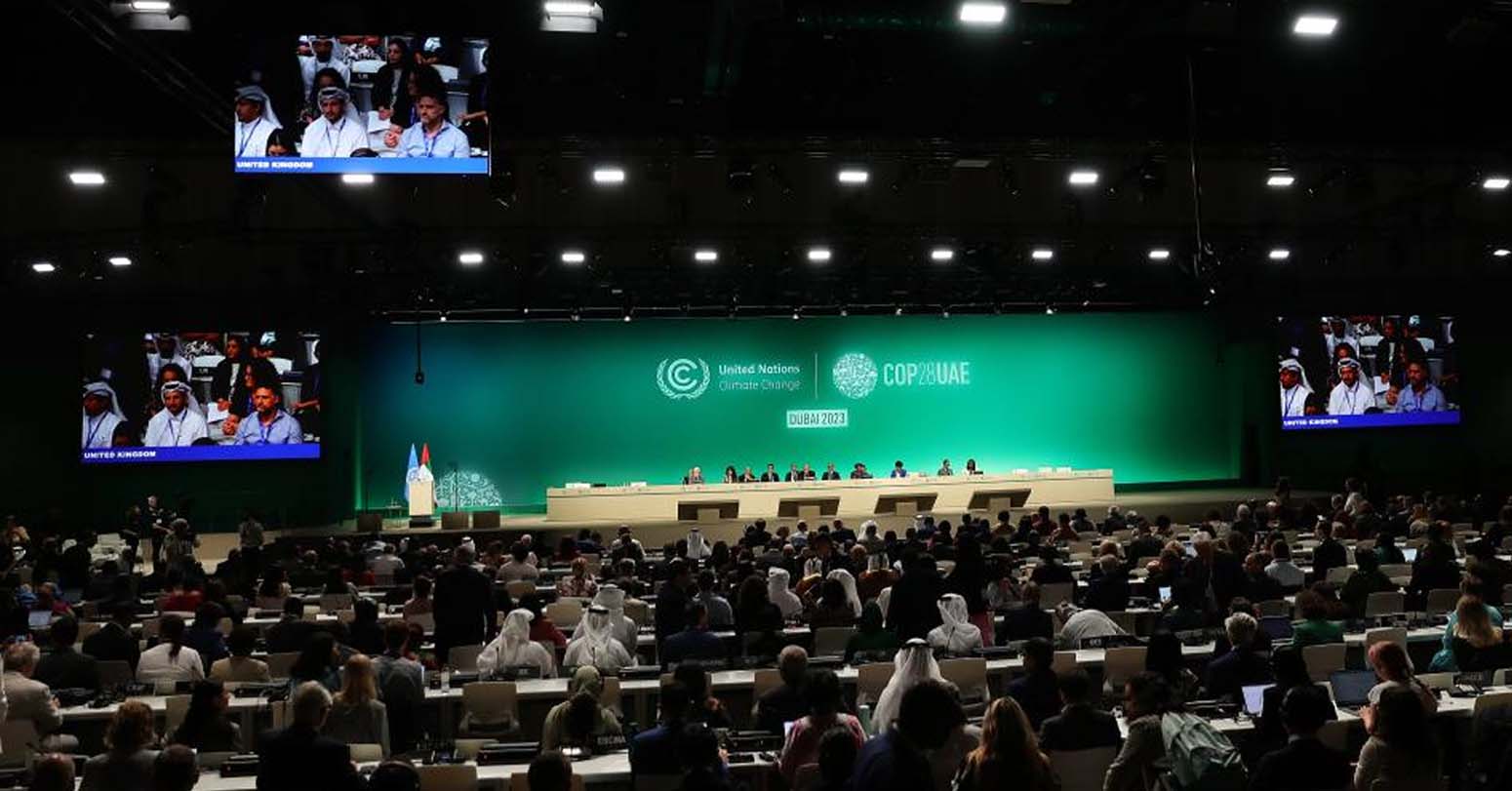
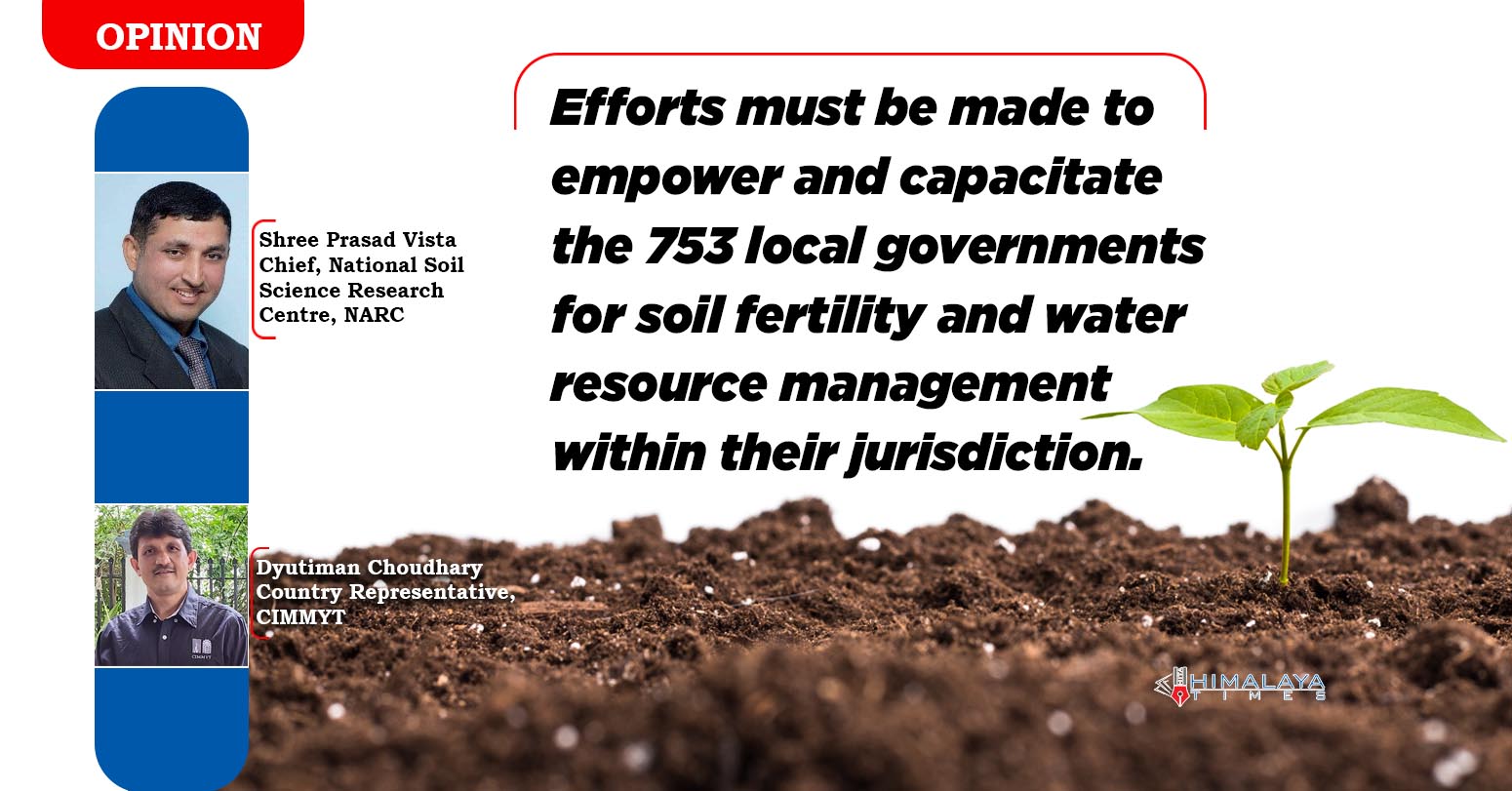
Comprehensive Data Protection Law Critically
Gender Differences In Mental Healthcare
Messi Wins Best FIFA Men’s
Erosion of Democracy
Fly Dubai Catches Fire in
“Complexities of the South Asian